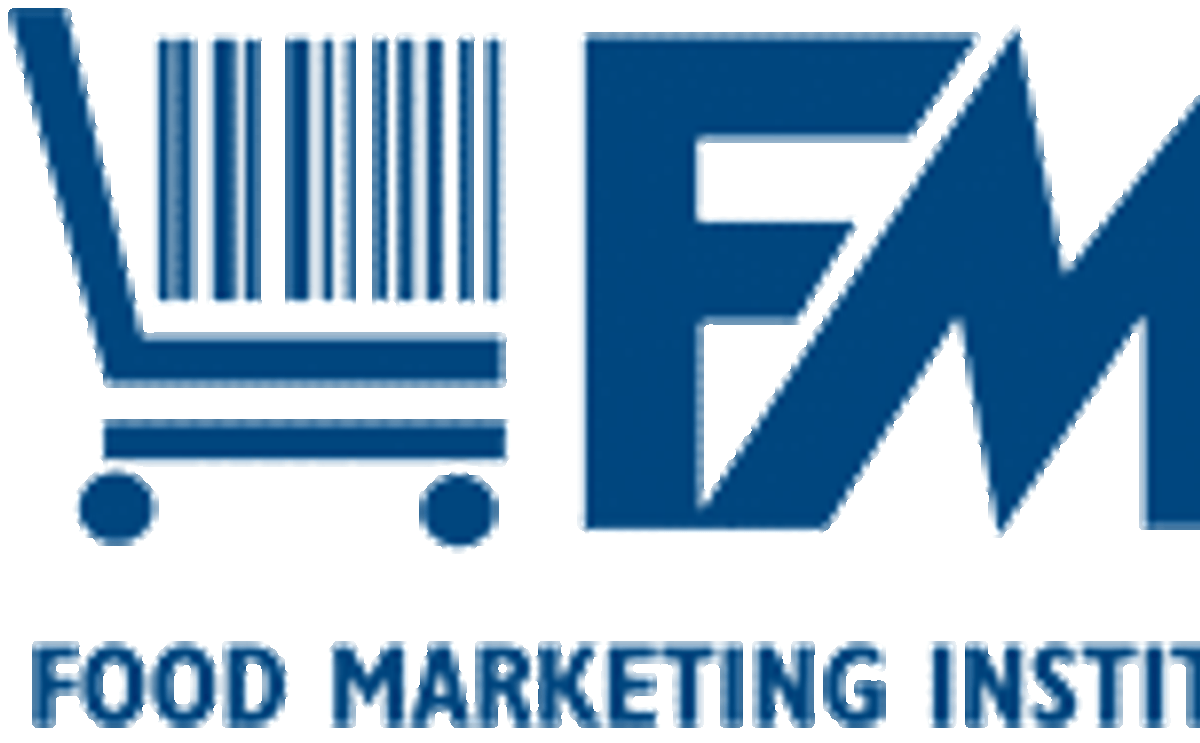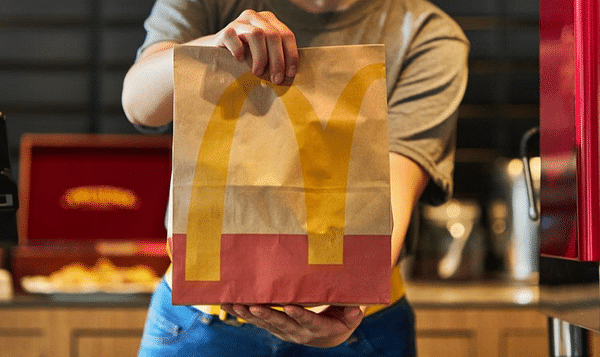Industry net profits decreased to 1.43 percent, from 1.82 percent, as companies competed more intensely for fewer consumer dollars in a recessionary economy. Contributing to this decline were increases in the cost of goods, health insurance and credit card interchange fees, among other expenses.Independent retailers (companies with 1-10 stores) posted the highest net profits and identical-store sales increases at 1.90 percent and 5.11 percent, respectively.
“The industry showed its resilience in the most challenging economy in modern history. Retailers aggressively discounted products and increased their lines of private brands to help American families lower their grocery bills. At the same time, they continued to control costs by improving efficiency and productivity, a hallmark of this industry,” said FMI President and Chief Executive Officer Leslie G. Sarasin.
Supermarkets are responding strongly to consumer demand for lower-cost foods in three ways. First, the research found a significant increase in companies emphasizing low prices as a competitive strategy — from 69.9 percent in 2008 to 78.4 percent this year. They now rate the success of this strategy at 7.3, up from 6.9, on 1-to-10 scale.
- Second, retailers are featuring private brands more prominently, demonstrated by a series of figures: Private brand products now comprise 9.7 percent of the items carried in a typical store — up from 8.1 percent in 2008 and 7.5 percent in 2007.
- More than nine in 10 retailers (93.3 percent) plan to increase the number of these products in the coming year.
- They account for 15.0 percent of supermarket sales — up from 14.0 percent in 2008 and 11.5 percent in 2007.
- Private brand sales increased 10.8 percent in the most recent fiscal year — more than twice the industry’s overall growth rate and well above the 2.5 growth rate for manufacturer brands.
- Nine in 10 retailers are promoting private brands as a core competitive strategy and report a success rate of 7.1.















